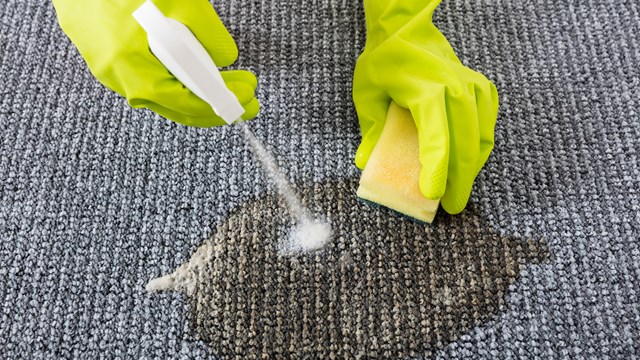To quote Charles Dickens, “It was the best of times, it was the worst of times…” but in this case, the reverse is true.
When I started my design firm 26 years ago, the idea of a company specializing in designing common areas of residential properties was unheard of. But in the early 80’s, as rental buildings were converting into luxury cooperative apartment buildings, my firm grew very quickly.
It was a time of out with the old, tired, worn rental look and in with the newly-renovated, freshly-decorated, apartment-for-sale world. The designs were to reflect the surrounding neighborhoods: Gramercy Park, Greenwich Village, Carnegie Hill, the Upper East Side and the Upper West Side. Building awnings began sporting names along with numbers to add cachet to the address.
Unused basement spaces were considered for amenities such as locked storage bins, gyms or playrooms.
Lighting fixtures in hallways went from circuline kitchen fixtures to more energy-efficient, sophisticated compact fluorescents.
Discolored plastic cable molding in poor condition was either freshly painted or replaced with new plastic. Custom coloring the plastic became an option.
Nylon carpet became very popular. It was more readily available in new design options—printed nylon imitated traditional wool carpets, cut and loop pile, and something called graphics was introduced.
Lobby design pre-dated the Americans with Disabilities Act (ADA) codes so there were fewer restrictions than we have today. At this point, the entry doors and façade remained the way the building was originally built. The lobby was the main focus of style. Clients requested seating areas with drama and package closets for increasing storage needs. Mailrooms were just starting to be upgraded. Flooring was often changed from existing terrazzo to the more accessible marble tiles. Intercom panels and security monitors were removed from vestibule walls and moved into doorman stations.
Now fast forward to 2008. How does this day and age compare to the last two decades? First, people are more sophisticated. Now more than ever they want a wow factor—more bang for their buck! In selecting a place to live, design can make or break the deal.
Also, in today’s global economy and the advent of technology, computers, and online ordering, the overall demand for better tenant services—including improved communication and up-to-date security equipment—drives changes required to keep up with today’s lifestyle.
Package closets need to be as large as possible to accommodate dry cleaning, Fresh Direct food deliveries, FedEx, UPS, DHL, golf clubs, backpacks and the myriad of items that are now purchased online. Packages can be accommodated in one walk-in closet or split into a 24” deep closet for hanging dry cleaning and an alternate space for packages. The layout of the lobby will dictate this.
Key trax, dial-up intercom systems, handsets for intercoms to the elevator, service entrances and security monitors must be laid out for convenience and accessibility for the door person. Building-wide communications, integrated computerized management and package retrieval systems, are a popular upgrade offered by a number of local service providers.
There are more lighting options available out in the market and certainly more to consider for the environment.
The variety of materials has not only broadened but there are more options for environmentally-friendly products than ever. For example, we prefer to use a wool carpet product for halls now because it is the “greenest” product available and more cost competitive these days due to the rising petroleum prices (nylon carpet is made from petroleum).
So in these times of an unstable economy, how can this be the “best of times”? The answer is that in a down market, contractors are more eager for work because there may be less of it with more competitors vying for the same job. Labor pricing is dropping as well as pricing on large quantities of materials needed for a renovation.
So, are “these are the best of times?” Probably not. But, they probably aren't the worst of times either. Even in a down market, it's important to remember that opportunities do present themselves. And some of these opportunities might not last.
Marilyn Sygrove is the president of Sygrove Associates Design Group Inc.







Leave a Comment